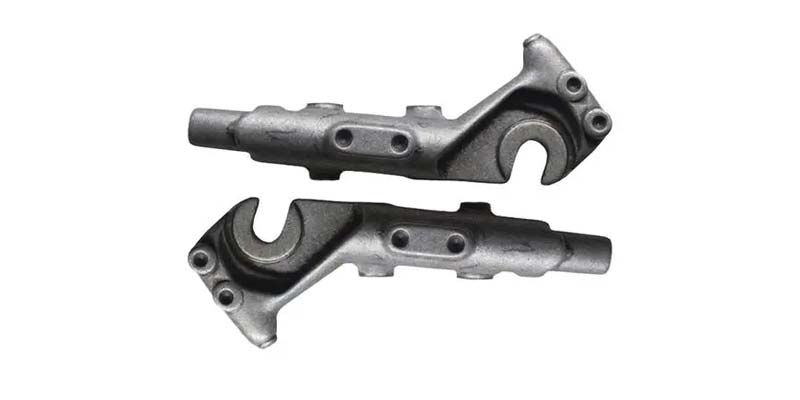- Contact Innally, Let you purchase forgings in China more favorable prices, products more assured!
- Hotline:+(86)15038323776 Email:innally@innally.com
What are the common types and types of bicycle forgings
- Category: Bicycle forgings, Titanium alloy forging
- |
- Date: 08/10/2023
There are many types and types of bicycle forgings, each of which has its own specific manufacturing process and material requirements. Frame, front fork, crank, handlebar and wheel are the most common types and types of bicycle forgings, they are different in shape, structure and manufacturing process, but they all require sufficient strength, impact resistance and aesthetic characteristics. When purchasing and using bicycle forgings, you need to choose the right type of forgings according to your own needs to ensure the overall performance and use effect of the bicycle.
Product Details
Bicycle forgings are an important part of bicycles, and their common types and types include frame, front fork, crank, handlebars, wheels, etc. These forgings are not only different in shape and structure, but also have their own characteristics in manufacturing process and material selection.
frame
The frame is the main structure of the bicycle, usually made of materials such as pipe and flat steel. Parameters such as the shape of the frame and the diameter and wall thickness of the tube will affect the overall performance and comfort of the bike. The frame is generally made of advanced welding process, which requires sufficient strength and stiffness to ensure stability and comfort during riding.
Front fork
The front fork is one of the key components of the bicycle, mainly to withstand the impact and vibration from the road. The front fork is generally made of steel or aluminum alloy material, which requires sufficient strength and impact resistance. The manufacturing process of the front fork includes forging, machining, heat treatment and other links, which need to ensure dimensional accuracy and surface quality.

crank
The crank is one of the core components of a bicycle, which is used to transmit power and drive the wheels to turn. The crank is generally made of steel or aluminum alloy material, which requires sufficient strength and wear resistance. The manufacturing process of the crank includes forging, machining, heat treatment and other links, which need to ensure dimensional accuracy and surface quality.
handlebar
Handlebars are one of the important parts of a bicycle, which is used to control the direction and stability of the bicycle. Handlebars are generally made of aluminum alloy or carbon fiber materials, requiring sufficient strength and impact resistance. The manufacturing process of handlebars includes machining, heat treatment and other links, which need to ensure dimensional accuracy and surface quality.
wheel
The wheel is one of the key components of a bicycle and is composed of wheels and tires. The wheel is generally made of aluminum alloy or steel material, which requires sufficient strength and impact resistance. Tires are made of rubber material, which requires high elasticity and wear resistance. The manufacturing process of the wheel includes forging, machining, heat treatment and other links, which need to ensure dimensional accuracy and surface quality.
There are many types and types of bicycle forgings, each of which has its own specific manufacturing process and material requirements. Frame, front fork, crank, handlebar and wheel are the most common types and types of bicycle forgings, they are different in shape, structure and manufacturing process, but they all require sufficient strength, impact resistance and aesthetic characteristics. When purchasing and using bicycle forgings, you need to choose the right type of forgings according to your own needs to ensure the overall performance and use effect of the bicycle.
nannan
INNALLY mainly provides you with various types of cast and forged parts products. Welcome your inquiries! innally@innally.com
Related Products
Search
Forging center
- Steel forgings
- Aluminium alloy forging
- Titanium alloy forging
- Stainless steel forging
- Copper forging
- Automotive forgings
- Locomotive forging
- Bicycle forgings
- Motorcycle forging
- Rigging and fasteners
- Bearing forging
- Electric power fittings
- Marine forging
- Mechanical forgings for metalworking
- Mining machinery forgings
- Marine engineering forgings
- Construction machinery forgings
Popular product

© 2025. All Rights Reserved.






